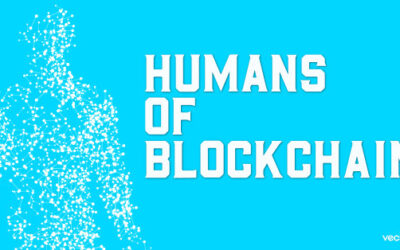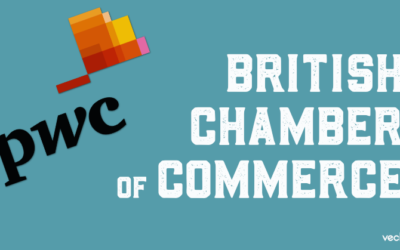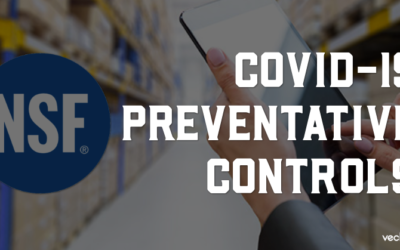This is an editorial by Ben Yorke.

While I’m a big believer in blockchain’s ability to create new business models, 2019 had me feeling pretty pessimistic towards small marketcap alt-coin projects. When Playtable announced they were bringing NFTs and cryptocurrency to their tabletop gaming console, I was impressed by the hardware, but was worried they were forcing a purposeless token into a product that didn’t need it. After all, VeChain enthusiasts hardly needed any reminders about the declining market value of alt-coins, as fewer and fewer speculators were putting their money where their mouths were.
Still, the idea of having a dedicated tabletop hardware console that supports NFT gaming sounded like a real step towards bringing blockchain to the mainstream. With a massive backlog of pre-orders for the console, Playtable has the opportunity to gain tens of thousands of users in the upcoming year alone. Add to that an impressive list of titles, IPs, and famous advisors already onboard, the possibilities are certainly staggering. There’s no argument here – Playtable is in a strong position. If they can deliver the hardware and software as promised, the customers should be lining up to buy the device.
What’s the big deal with NFTs?
Playtable and their partners are putting RFID chips into toys – 3D figurines with built in cryptocurrency wallets that can store tokens, data, and badges to be gifted, transacted and shown off in the digital space. This allows in-game accomplishments to be reflected in real life. Characters in your favorite games can be bought or 3D printed, and then interact or “battle” in the virtual world, merging the wild popularity of Nintendo Amiibo with the spectacular secondhand value of Cryptokitties.
So what’s this VIM World thing?

Last week, Playtable & 8 Hours Foundation released the whitepaper for VIMworld, an ecosystem around NFT characters that can be won, bought or traded. In addition to their own IPs, well-known third-party game designers are planning to add their own characters. Independent toy and game devs will be able to create their own characters, which they can sell or gift as a reward to loyal customers.
What can we do with them?
8 Hours is developing a number of gaming formats, including:
- Sandbox – To interact and experiment with NFT toys
- Battlegrid – Combat with physical cards or figurines
- VIM Arena – A web-based dApp allowing matches of up to 20v20. EHrt and VIMs can be wagered on the outcome, raising the stakes for competitors
- Raffle and Vending Machine – Another web dApp that allows toy and game designers to distribute NFTs
- VIM Exchange – A place to buy or sell NFTs from designers or other users
This solves a number of problems. First, web dApps bring VIMWorld to everyone, not just people who buy the physical Playtable console. Second, it gives value to physical toys and cards in ways we’ve never experienced. Higher “ranks” and tokens can be earned through in-game successes, translating to an increase in secondhand market value. This incentivizes players to keep coming back, extending the life of games. Most importantly, it adds another use-case to the EHrT token, which is a vital part of the VIMWorld Ecosystem. For more on that, read the whitepaper and look out for some of their articles on Medium.
What can really seal the deal for all this?
Simply put, Playtable and 8 Hours need to deliver on the hardware and software. Making a video game ecosystem is no small task, and the product needs to live up to the hype. Landing some big name titles for VIMWorld, like the ones teased in the whitepaper, could create a landslide of demand from outside the blockchain-sphere, as mainstream gaming fans flood in. This scenario, while not guaranteed, could be just the thing that lights the VeChain mainnet on fire, and brings in a flurry of media attention.
It would surely be ironic, if after years of enterprise talk, it was some cute and fuzzy NFTs that really put VeChain on the map. Seeing the potential for Playtable here – is it really that farfetched?






